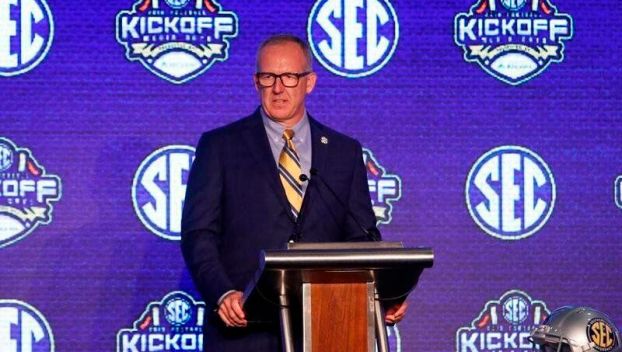
National Sports
Future of NIL could include college athletes as employees
The one-year anniversary of Name, Image and Likeness has brought more attention to the riches that flow through ... Read more

The one-year anniversary of Name, Image and Likeness has brought more attention to the riches that flow through ... Read more